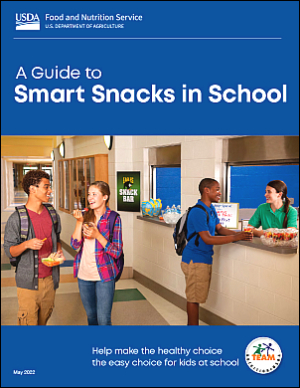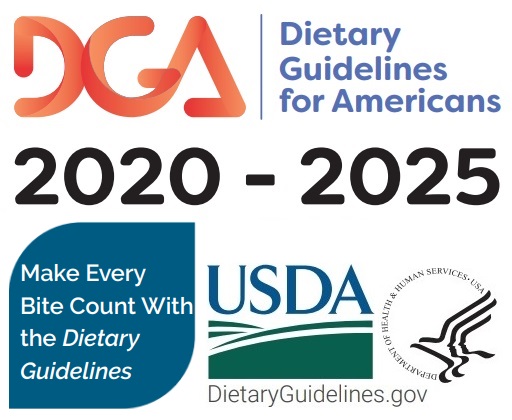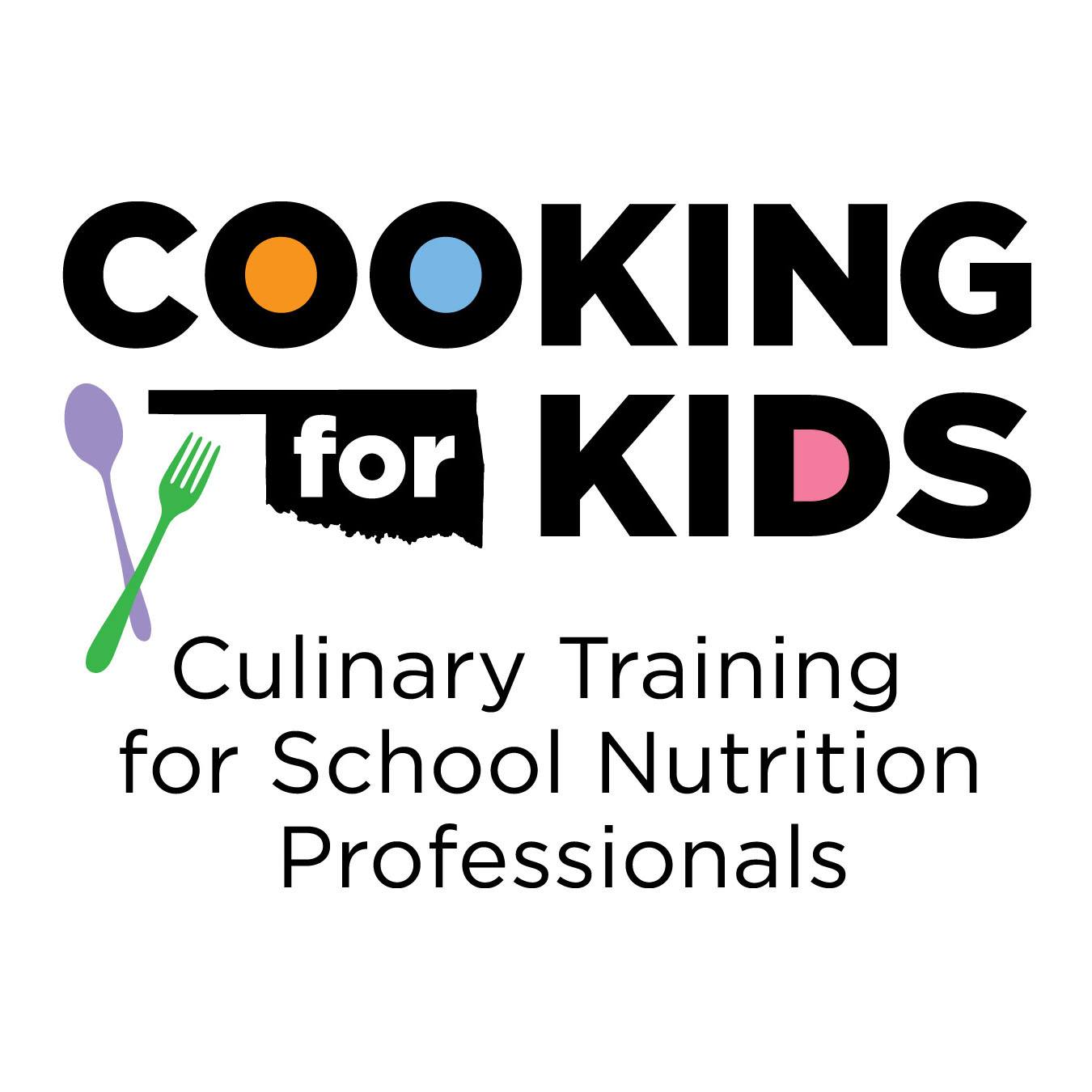Smart Snacks in School
Child Nutrition Programs (OSDE)
Smart Snacks in Schools
USDA's "All Foods Sold in Schools" Standards
We are continuing to improve the health of our children's school environment. Students across the United States are being offered more fruits, vegetables and whole grains at breakfast and lunch. The standards required by the Healthier, Hunger-Free Kids Act of 2010 limit junk food and allow for healthier snack foods to children. These standards will help to ensure that our students are offered only healthy, nutritious snacks during the school day and help to develop good eating habits for the future.
- Any food in school must include one of the following:
- Be a "whole grain-rich" product
- The first ingredient is a fruit, a vegetable, a dairy product, or a protein food
- Combination food with at least 1/4 cup of fruit and/or vegetable
- Foods must also meet several nutrient requirements:
- Calorie limits
- Snack Items: less than or equal to 200 Calories
- Entree Items: less than or equal to 350 Calories
- Sodium Limits
- Snack Items: less than or equal to 200 mg
- Entree Items: less than or equal to 480 mg
- Fat Limits
- Total Fat: less than or equal to 35% of Calories
- Saturated Fat: less than 10% of Calories
- Trans Fat: 0 grams
- Sugar Limits
- less than or equal to 35% of weight from total sugars in food
- less than or equal to 35% of weight from total sugars in food
- Calorie limits
- Accompaniments
- Items such as cream cheese, salad dressing, and butter must be included in the nutrient profile as part of the food item sold
- Items such as cream cheese, salad dressing, and butter must be included in the nutrient profile as part of the food item sold
- Caffeine
- Elementary and Middle School foods and beverages must be caffeine-free with the exception of trace amounts of naturally occurring caffeine substances
- High School food and beverages may contain caffeine
Smart School Standards begin at midnight and end thirty (30) minutes after the school day ends. These standards apply to any fundraising events by organizations on school property.
The standards do not apply thirty (30) minutes after school ends, weekends, and at off-campus fundraising events.
School sites are not permitted to conduct or allow any exempt fundraiser unless the school district has approved written policy that meets the requirements.
- All schools may sell:
- Plain Water (with or without carbonation)
- Unflavored low fat milk
- Unflavored or flavored fat free milk
- 100% fruit or vegetable juice
- 100% fruit or vegetable juice diluted with water (with or without carbonation), and no added sweeteners
- Elementary schools may sell up to 8-ounce portions, while middle and high schools may sell up to 12-ounce portions of milk and juice. There is no portion size limit for plain water.
- High School Students only:
- No more than 20 ounce portions of:
- Calorie-free, flavored water (with or without carbonation)
- Other flavored and/or carbonated beverages that are labeled to contain less than 5 calories per 8 fluid ounces or less than or equal to 10 calories per 20 fluid ounces
- No more than 12 ounce portions of:
- Beverages with less than or equal to 40 calories per 8 fluid ounces, or less than or equal to 60 calories per 12 fluid ounces
- Beverages with less than or equal to 40 calories per 8 fluid ounces, or less than or equal to 60 calories per 12 fluid ounces
- No more than 20 ounce portions of:
Additional Requirements of ALL School Districts
- Designate a Smart Snack Exception Fundraiser contact person who must keep up to date documentation on items sold
- Limited to 30 exempt fundraisers per semester
- Exempt fundraisers cannot last more than 14 days
- Exempt fundraisers cannot be held during meal times and while after-school snacks are being served
- Each individual fundraiser must have on file:
- The school organization, class, activity or class benefiting
- The date(s) of the fundraiser
US Healthier Generation Smart Snack Calculator:
Kids often need snacks to help them get enough calories (ENERGY) throughout the day. Choosing healthy snacks that add nutrients, like vitamins and minerals, to their diets is essential. Smart snacking is a great way to meet daily nutrient requirements that may be missed at meal times.
Students in our district are offered healthier school meals with more fruits, vegetables and whole grains through the National School Lunch and Breakfast Program. The Smart Snacks in School standards published by the USDA will build on those healthy advancements by ensuring that all other snack food and beverages available for sale to students in school are tasty and nutritious.
Kids are "Cooking up Good Nutrition" by practicing in the meal preparation process... everything from shopping in the grocery store, to meal planning and preparation in the kitchen.
Get involved and learn about good nutrition, healthy eating, and the benefits of more fruits and vegetables; as well as how to avoid foods with empty calories and foods with no nutritional value.
There are plenty of fun ways to liven up snack time using healthy fruits, vegetables and cheeses. Kids will love creating and eating fun-to-make snacks with you in the kitchen!
- Plan ahead and buy healthy snacks when you shop. You will save money and make healthier choices than if you or your kids are buying snacks on the go.
- Provide kids with choices and make those choices nutritious.
- Pre-portion your child's snacks into small plastic bags to grab on the go.
- Combine snacks from at least two food groups to pack more nutrients into your child's diet... it will be more filling and it will hold them over to the next meal.
- And remember... space snacks far enough between meals so appetites are not spoiled!
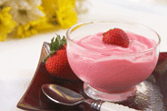
- String cheese with Fruit
- Low fat or nonfat Milk or Yogurt Smoothies with 100% fruit juice and sliced bananas or strawberries
- Cottage Cheese or Yogurt with fruit (fresh or canned)
- Fat-Free or 1% White, Chocolate or Flavored Milk
Healthy Fruit and Vegetable Snack Ideas
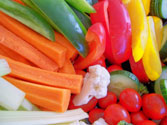
- Raw Vegetables with low-fat yogurt dip, cottage cheese or humus
- Baby Carrots
- Celery Sticks
- Cucumber Slices
- Apples and cheese - pears and other fruits are good too!
- Frozen fruit bars
- Trail mix with nuts and dried fruit
- 100% Fruit Juice box
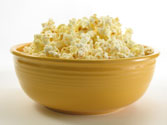
- Whole-grain crackers with cheese or peanut butter
- Whole-grain cereal with milk
- Flavored rice cakes (like caramel or apple cinnamon) with peanut butter
- Baked potato chips, or tortilla chips with salsa
- Popcorn - Air popped or low-fat microwave
- Pretzel sticks and glass of milk
- Vanilla wafers, gingersnaps, graham crackers, animal crackers, fig bar or raisins, and a glass of milk


